Introduction to Car Interior Lighting
The Importance of Car Interior Lights
Car interior lights play a crucial role in enhancing the comfort and aesthetics of your vehicle. They provide illumination when entering or exiting the car, help you locate items in the dark, and contribute to the overall ambiance of your ride. The right lighting can transform an ordinary car interior into a cozy and inviting space, making every journey enjoyable.
Modern cars often come equipped with traditional incandescent bulbs, but many drivers are now opting for LED lighting systems. LEDs are energy-efficient, long-lasting, and available in various colors and styles, making them an attractive option for upgrading interior lighting. Choosing the right LED lights for your car can significantly improve both functionality and style. This article offers essential tips for selecting the best LEDs to enhance your vehicle’s interior.
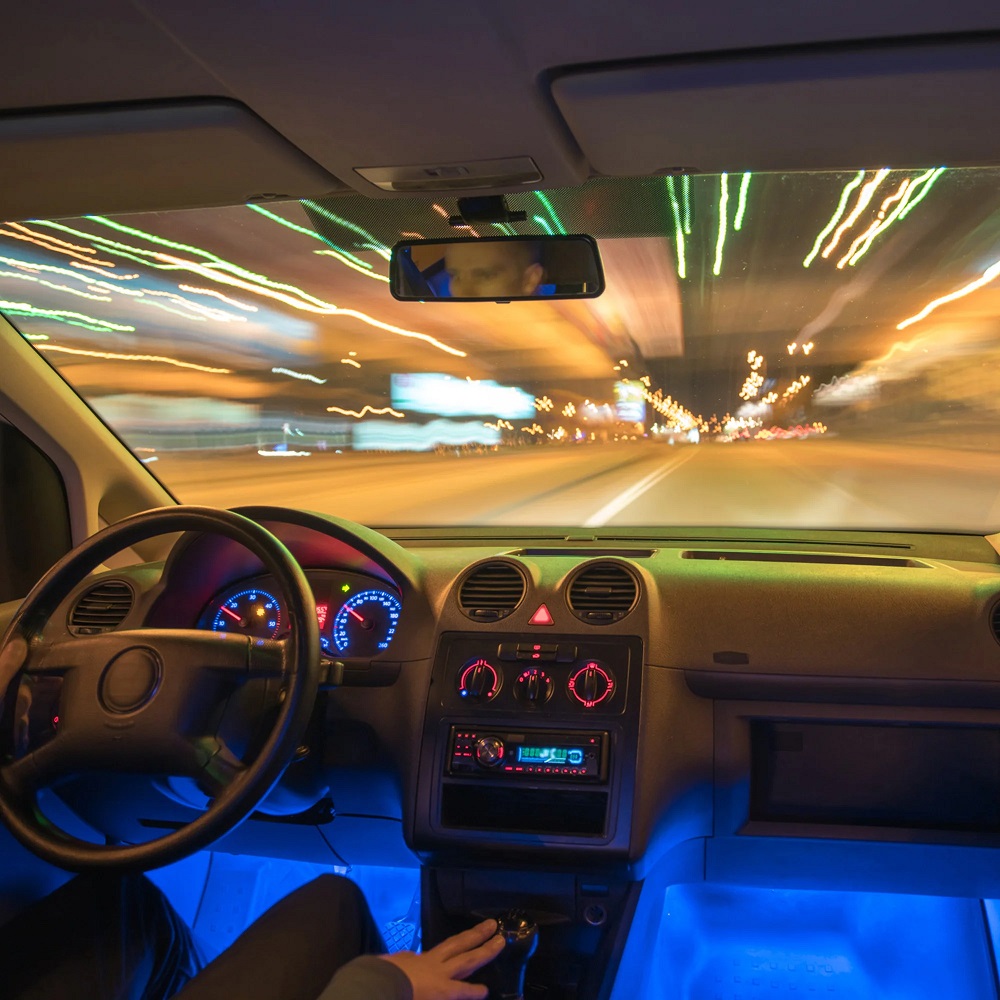
Understanding Different Types of Car Interior Lights
When it comes to car interior lighting, several types are commonly used. Dome lights, map lights, footwell lights, and ambient lights all serve different purposes and can be customized to suit your style.
- Dome Lights: Typically mounted on the ceiling, dome lights provide general illumination to the entire interior space. They are often activated when a door is opened.
- Map Lights: These are smaller lights designed to illuminate the dashboard or map area for navigation purposes. They offer focused light without causing glare.
- Footwell Lights: These lights are positioned at the bottom of the dashboard and illuminate the foot wells. They enhance visibility and create a pleasing ambiance inside the car.
- Ambient Lights: These lights offer a soft glow and can be installed in various locations, including door panels and under the dashboard. Ambient lighting is primarily for aesthetic purposes and can be customized in color and intensity.
Understanding the different types of interior lights is essential when upgrading or replacing bulbs. This knowledge will help you determine what type of lighting will best meet your needs and enhance your driving experience.
Purpose of This Guide
This guide is designed to teach readers essential tips for choosing the right LEDs for their car interior lighting. We will explore key factors to consider, such as brightness, color temperature, longevity, and installation. By following these tips, you will be better equipped to make informed decisions that enhance both functionality and aesthetics for your vehicle’s interior.
Key Factors in Choosing Car Interior LED Lights
Brightness and Lumens Rating
One of the most important factors in selecting LED lights is brightness, measured in lumens. The higher the lumen rating, the brighter the light will be. For instance, dome lights generally require more lumens to provide adequate illumination throughout the car. A good range for dome lights may be between 200 to 600 lumens, depending on the size of the vehicle and personal preferences.
Map lights, on the other hand, do not need to be as bright. A rating of 100 to 200 lumens is typically sufficient for focused tasks like reading maps or operating controls without overwhelming the driver. It’s important to strike a balance between brightness and comfort, ensuring that the light is sufficient without being harsh or distracting during driving.
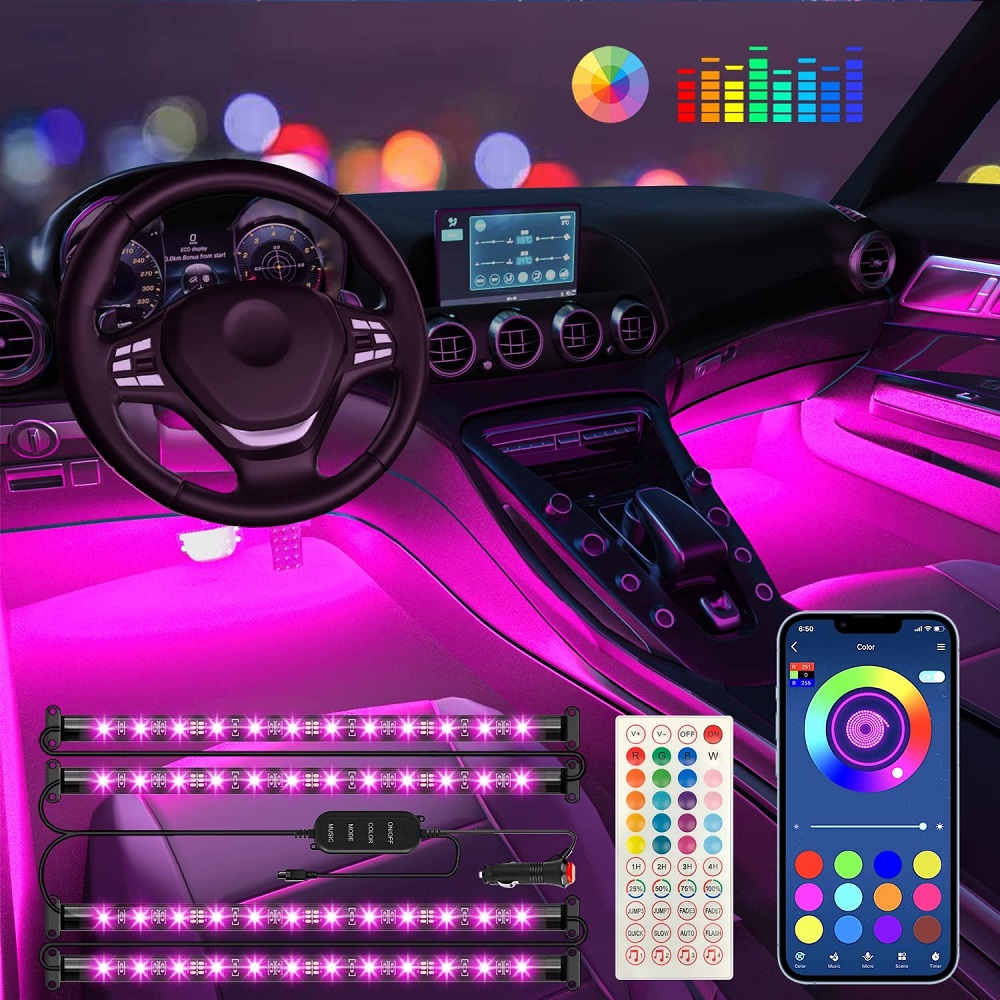
Color Temperature and Ambiance
The color temperature of LED lights is another critical aspect to consider. Measured in Kelvin (K), color temperature affects the overall mood and ambiance within the car.
- Warm White (2700K-3000K): This range gives off a cozy, yellowish light that resembles traditional incandescent bulbs. It creates a friendly and relaxed atmosphere, ideal for everyday driving.
- Neutral White (3500K-4100K): This temperature offers a balance of warmth and brightness, providing clear visibility while maintaining a welcoming environment. It is suitable for most applications.
- Cool White (5000K-6500K): Cool white lights give off a more sterile, bluish tint. While they are excellent for detail-oriented tasks, they may not provide the warmth that some drivers prefer.
Selecting the right color temperature helps achieve the desired ambiance inside the car. Consider your daily driving needs, as well as personal preferences regarding lighting warmth and brightness.
Energy Efficiency and Longevity
One of the major benefits of choosing LED lights for your car is their energy efficiency. LEDs consume significantly less power than traditional incandescent bulbs. This efficiency not only extends battery life but also minimizes the need for frequent bulb replacements.
Longevity is another advantage of LED lighting. Most quality LED products have a lifespan ranging from 15,000 to 50,000 hours, considerably longer than traditional bulbs. When choosing LED lights, look for products that emphasize high durability and a long lifespan. This investment will save you time and money on replacements while ensuring consistent lighting in your vehicle.
Different Types of LED Lighting Options
Hardwired LED Lights
Hardwired LED lights are designed to be permanently installed in your vehicle. They are typically connected directly to the car’s electrical system. Hardwired options are ideal for those looking to create a custom lighting setup, as they can be installed in various locations throughout the interior.
This option is perfect for dedicated projects where you want to add features like footwell lighting or accent lights. While installation may require some technical skills, the permanent nature of this lighting ensures consistent power supply and superior integration with the car’s design.
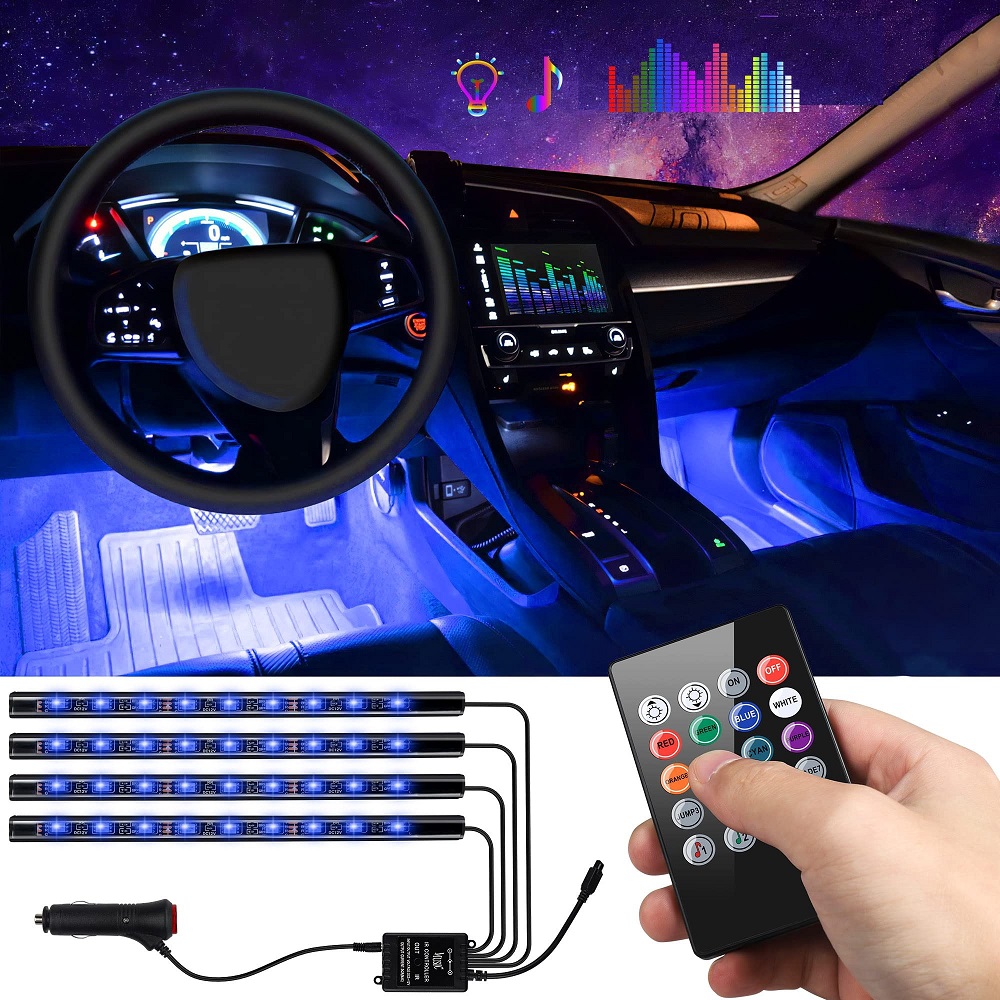
Plug-and-Play LED Lights
For those seeking an easy-to-install option, plug-and-play LED lights are perfect. These systems come with adapters that allow quick installation without the need for professional help. Simply plug the lights into your vehicle’s existing sockets, and you’re ready to go.
Plug-and-play options are available in various colors and sizes, making them suitable for different lighting needs. This option is ideal for novice users who want to upgrade their interior lighting without the hassle of electrical work. The ease of installation ensures that enhancing your vehicle’s aesthetics is straightforward and accessible.
Battery-Powered LED Lights
Battery-powered LED lights are versatile and can be installed anywhere you desire. They do not require any wiring, allowing for easy placement in the car. These lights are perfect for creating ambient or accent lighting effects. Battery-powered strips and puck lights offer flexibility in terms of design.
However, keep in mind that battery-powered options may require more maintenance, as batteries will need to be replaced periodically. Such lighting solutions are often used for temporary setups or for adding special lighting effects for events. When using these lights, ensure that the design complements the overall aesthetics of your interior.
Installation Tips for LED Lights
Planning Your Lighting Layout
Before diving into the installation process, take the time to plan your lighting layout. Consider areas where you would like to have lights, such as the dashboard, footwells, and ceiling. Developing a clear plan will help streamline the installation process and ensure that all desired areas are covered.
Mapping out where the lights will go also allows you to visualize how the final result will look. Sketching the layout can further assist in planning the number of lights needed and the type of installation process you will use.
Following Manufacturer Instructions
When installing LED lights, always follow the manufacturer’s instructions carefully. Each product may have different requirements and recommendations based on its design. This includes wiring, placement, and power sources. If you are working with hardwired systems, paying close attention to the electrical connections is vital for safety.
For plug-and-play lights, ensure that the connectors are secured properly. If you have any questions about installation or product compatibility, refer to customer support or online resources before proceeding. Following instructions ensures a successful installation and helps to avoid potential issues down the road.
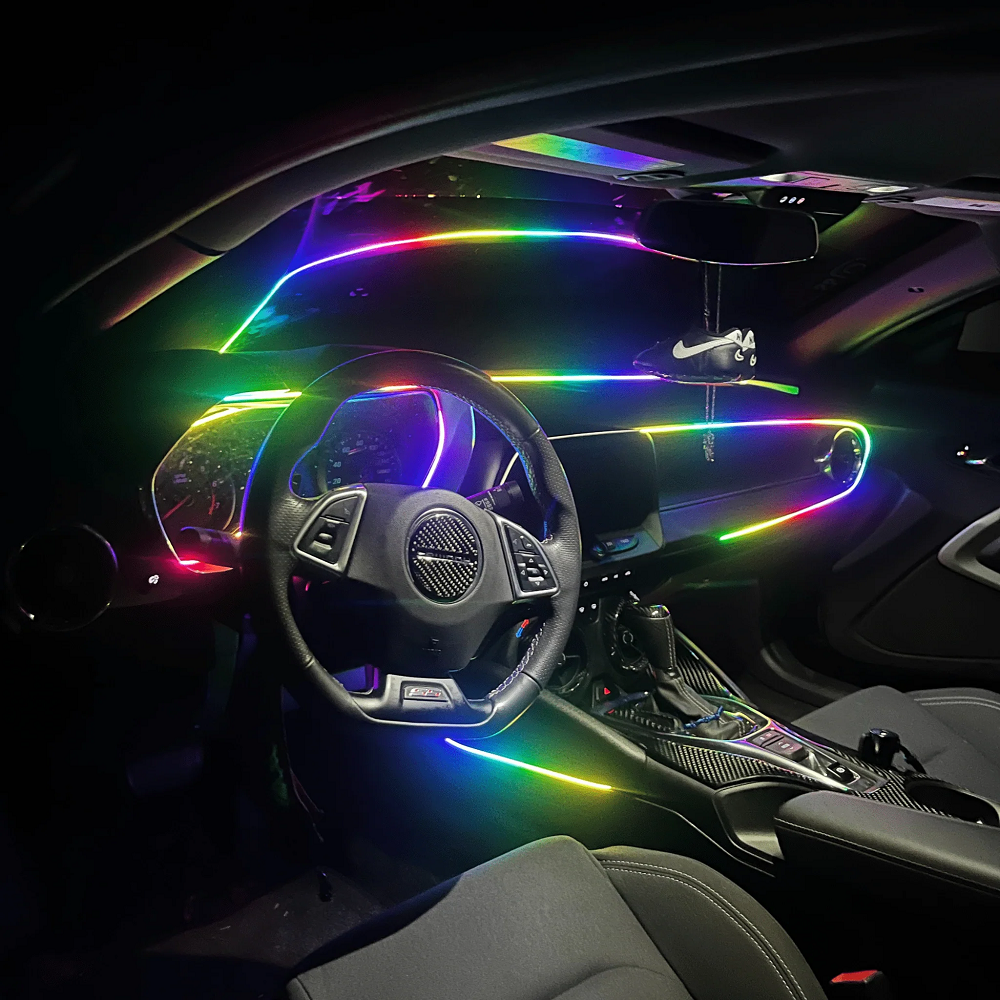
Testing Functionality
After installation is complete, it’s important to test the functionality of the lights. Check to make sure each light works properly and is securely mounted in its intended location. Verification ensures that you achieve the desired effects and that everything operates as expected.
Address any issues immediately, such as flickering lights or connectivity problems. Testing functionality after installation can save time in the long run and ensure that your lighting enhances your driving experience fully.
Enhancing Your Car’s Interior with LED Lighting
Setting the Mood with Ambient Lighting
Once installed, you can use LED lighting to create a specific mood inside your car. Ambient lighting adds a soft glow to the interior, making it feel comfortable and inviting. Consider using color-changing LED strips that allow you to select different colors based on your mood or the time of day.
Ambient lighting can be placed under the dashboard, in the footwells, or around door panels. This creates a cohesive look throughout your vehicle, transforming your driving experience by infusing a touch of personalization.
Functional Lighting Considerations
In addition to aesthetics, ensuring that your interior is functionally lit is important. Using bright, focused lights for specific tasks, such as map reading or accessing your glove compartment, enhances usability. It is crucial to have strategic lighting placed in areas where you need to see clearly without causing glare that distracts the driver.
Consider incorporating task lighting in maps or reading areas to improve visibility at night. The right combination of ambient and functional lighting will enhance both comfort and practical use, making your car a much more enjoyable space.

Creating a Customized Look
One of the fantastic benefits of LED lighting is its ability to create a completely customized look for your vehicle. Whether you want a futuristic glow or a warm, inviting atmosphere, you can achieve a wide range of looks to suit your style. Experiment with different colors, brightness levels, and configurations until you discover the combination that complements your unique aesthetic.
Using themed colors can also be fun. For example, blue and purple tones can create a more modern, sleek feel, while warmer colors evoke a cozy environment. The flexibility to tailor the lighting to your preferences ensures that your car reflects your personality and enhances your driving experience.
FAQ:
- What are LED interior lights and why should I choose them for my car?
- LED interior lights are light-emitting diode bulbs designed for use inside vehicles. They are energy-efficient, have a longer lifespan than traditional incandescent bulbs, and produce less heat. LEDs also come in various colors and brightness levels, allowing for customization of your car’s interior ambiance.
- How do I choose the right brightness for LED interior lights?
- When choosing brightness, look for lumens, which measure light output. For general interior use, bulbs with 200-800 lumens are often sufficient, depending on the area. Consider your personal preference for brightness and whether you want a soft glow or bright illumination for specific tasks like reading or navigation.
- What color temperature should I choose for car interior LEDs?
- Color temperature is measured in Kelvin (K). For car interior lights, a color temperature between 3000K and 6000K is common. Warmer tones (3000K-4000K) create a cozy atmosphere, while cooler tones (5000K-6000K) provide a cleaner, brighter look. Choose based on the ambiance you want to achieve.
- Are LED interior lights easy to install?
- Yes, LED interior lights are typically easy to install, often requiring only basic tools and minimal electrical knowledge. Many LED kits come with plug-and-play connectors or adhesive backing for straightforward installation. Always consult the manufacturer’s instructions or online tutorials to guide you through the process.
- Can I use LED interior lights in all car models?
- Most cars can accommodate LED interior lights, but it’s essential to check compatibility with your specific vehicle model, especially regarding bulb sizes and wattage. Some vehicles may require additional adapters or modifications. Always verify the specifications before purchasing to ensure a proper fit.
Conclusion: Illuminate Your Riding Experience
Making Informed Choices
In conclusion, choosing the right LED lighting for your car interior lights can enhance both aesthetics and function. By understanding the various types of lights available and the features to consider, you can create an environment that suits your needs. Prioritize safety, visibility, and style when selecting the perfect lighting setup for your vehicle.
Embracing Personal Style
Incorporating LED lights into your car allows you to embrace your personal style and truly make the space your own. Customizing the ambiance of your car can make every drive more enjoyable, engaging, and unique. LEDs provide the opportunity to express creativity while still fulfilling functional requirements.
Enjoying Every Journey
As you embark on future journeys, remember the impact of effective interior lighting. With proper planning and execution, your chosen LED lights can transform your driving experience. Take the time to maintain these fixtures to ensure they continue to perform well and enhance your vehicle’s interior.
Create a Welcoming Atmosphere
Ultimately, investing in the top-rated car interior LED lighting kits creates a more welcoming and personalized atmosphere in your vehicle. The benefits go beyond simple illumination, enhancing comfort, safety, and self-expression. With the perfect lighting setup, every drive becomes an opportunity to enjoy the unique environment you’ve designed. Illuminate your experience and hit the road with style and confidence!
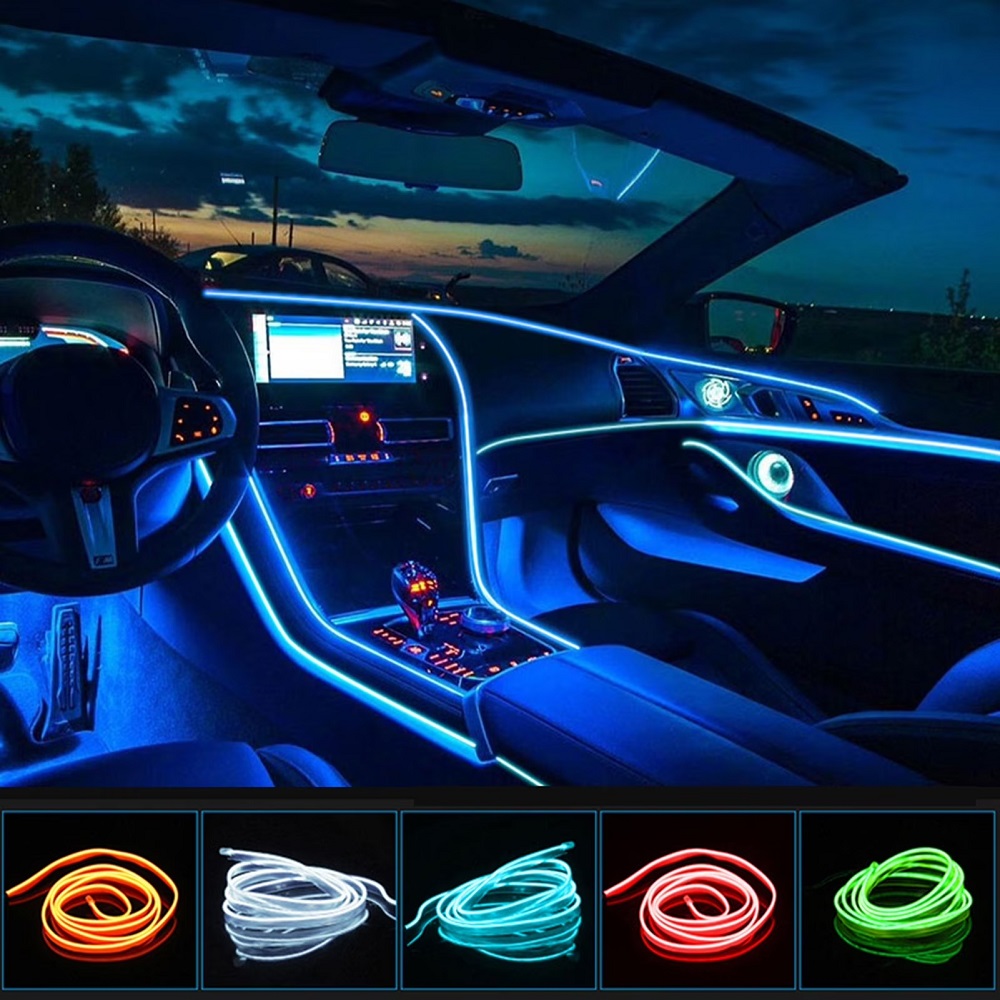
Leave a Reply